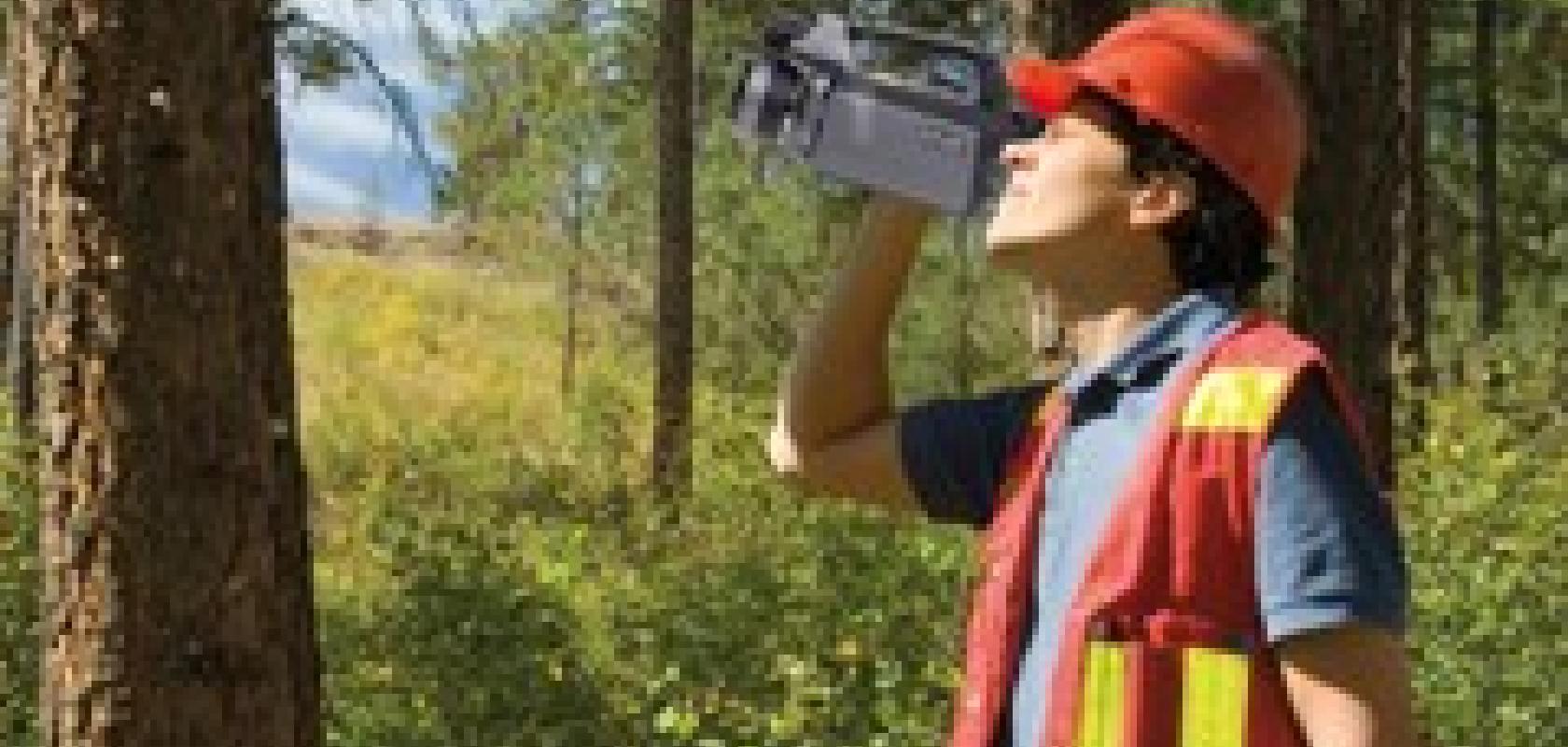A thermal imaging system for the assessment of the health and structural status of trees has been developed. The Tree Project Limited, originating from Nottingham Trent University, has developed high quality and sustainable tree management systems using thermal imaging cameras from Flir that are quick, easy and cause no harm to the tree.
Company founder, Dr Marcus Bellett-Travers, explained: 'This technology is ideal as it is the only non-invasive method that can distinguish between living and damaged stem tissues. It is also 100 to 1,000 times quicker than other techniques at providing the necessary information. Because it's so fast, it's highly cost effective.
'We can provide detailed health appraisals of the trunks and branches of up to 100 trees in a single day,' he continued. 'And when a localised part of the tree is of interest, such as identifying basal decays in trees, that total can amount to several hundred trees.'
Trees produce very low metabolic energy by comparison to other living organisms. This means most of the heat energy emitted from the surface of the trunk and branches have previously been absorbed from the environment. Sound, healthy wood has good connectivity and water distribution between cells. This is seen by the Flir thermal imaging camera as even heat dissipation over the tree's surface.
If the normal function of the wood is disrupted by physical damage or the action of pathogens the flow of heat is interrupted and cooler areas become apparent; the greater the extent of cooling on an internal volume of wood, the greater the effect on the temperature at the surface.
Tree Project has compiled a thermal benchmark database, which currently holds information on around 35,000 trees. A Flir P-Series camera is used, but the company has also invested in a top-of-the-range B-Series camera, which can image small temperature variants of 1–2°C.
Images are processed using Tree Project's Tree Thermal Matrix Software (TTMS), created using the SDK supplied by Flir. This allows a percentage of dysfunction to be assigned to a tree and this in turn can be used to calibrate probability of failure. Wind loading is subsequently factored in as a further potential contributor to failure based on a five point scale created using Met Office data. A risk categorisation of low, moderate, high and severe can then be applied to the tree.
Flir thermal imaging is also being used by Tree Project for above ground analysis and partial root excavation to obtain information about the progression of diseases. A further focus is on the conservation of historic trees, such as those at Woburn Abbey, The National Trust and Blenheim Palace. Bellett-Travers concluded: 'Thermal imaging is ideal for this type of work as it allows us to pro-actively maintain the health of important tree specimens.'


